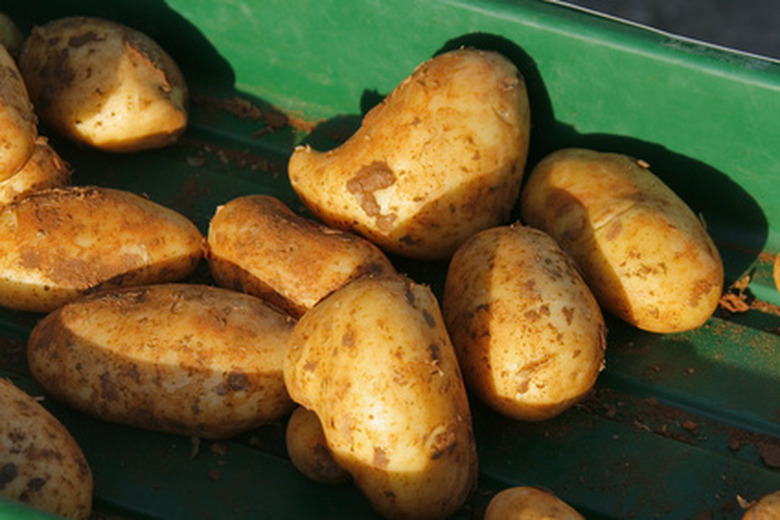Vegetable Growing In Tasmania
Regardless of your location in the temperate world, the plants commonly grown in a vegetable garden need the same basic needs: a rich, fertile soil that is moist but well-draining and ample exposure to sunlight. Tasmania is the southernmost state of Australia and experiences a cool summer and chilly, somewhat frosty winter. This climate affords gardeners there to grow vegetables year round while other Australian states may suffer extreme heat and lack of rainfall in the summer months.
Vegetable Growing Regions
Historically, vegetables grow in the geographically flatter areas of the northern half of Tasmania where fertile soils and natural rainfall or irrigation are plentiful. Localized residential vegetable gardens exist wherever soil and water is ample and there is unimpeded exposure to the warm northern sun exposure. Commercial crop fields are not the only place Tasmanians may grow crops.
Climate
In 1991, Iain Dawson of the Australian National Botanic Garden's Agricultural Research Unit developed a plant hardiness zone system for Australia. Tasmania falls into zones 2 and 3, which means an expected annual winter minimum temperature between 14 and 32 degrees F. The interior of Tasmania experiences colder winters than regions nearer to the coast. These temperatures correlate loosely to U.S. Department of Agriculture hardiness zones 8 and 9 and thus vegetable growing techniques and schedules used in these areas of North America can be used in a similar manner in Tasmania.
- Regardless of your location in the temperate world, the plants commonly grown in a vegetable garden need the same basic needs: a rich, fertile soil that is moist but well-draining and ample exposure to sunlight.
- Historically, vegetables grow in the geographically flatter areas of the northern half of Tasmania where fertile soils and natural rainfall or irrigation are plentiful.
Growing Seasons
The Tasmania growing season (frost-free conditions) ranges from spring to early winter, roughly from September to early June. Warm-season crops–those vegetables that need high heat in order to grow, flower and then yield crops–are grown from November to May, while cool-season crops can be grown any other time of year as long as cold doesn't persist too long below freezing. The farther south on the island or higher in elevation, the shorter the growing season as well as the cooler the summer.
Common Crops
According to the Tasmanian Department of Infrastructure, Energy and Resources, many crops are grown in the state for domestic use and export. Potatoes, onions and carrots are among the most widely commercial vegetable crops grown, but broccoli, lettuce, asparagus, beans, cauliflower, celery, cucumber, leeks, parsnip, sweet corn, tomatoes and zucchini are also important crops. Local gardeners also raise and sell these crops at local markets: broad beans, french beans, runner beans, cauliflowers, Brussels sprouts, green peas, tomatoes, parsnips, swedes, pumpkin, zucchini, celery, sweet corn and cabbages.
Crop Scheduling
Here is a general list of vegetable crops to grow in the seasons in Tasmania based on planting guides by Peter Cundall and Margaret and Jon Hosford:
- The Tasmania growing season (frost-free conditions) ranges from spring to early winter, roughly from September to early June.
- Warm-season crops–those vegetables that need high heat in order to grow, flower and then yield crops–are grown from November to May, while cool-season crops can be grown any other time of year as long as cold doesn't persist too long below freezing.
Warm-season crops like squash, tomato, potato, capsicum (pepper), eggplant, sweet corn and pumpkin are sown from November to January, with successive plantings every two to four weeks to allow for continual harvest across the summer months. From February to May and again in August to October, crops that appreciate chilly, non-freezing nights and cool to warm days are planted in successive numbers for repeated harvesting until a frost kills plants. Lettuce, radish, onion, cabbage, beans, cauliflower, broccoli, spinach and peas are among those grown in the autumn and spring months. In areas where frosts are rare these plants continue to grow and produce during the winter months of June and July.
